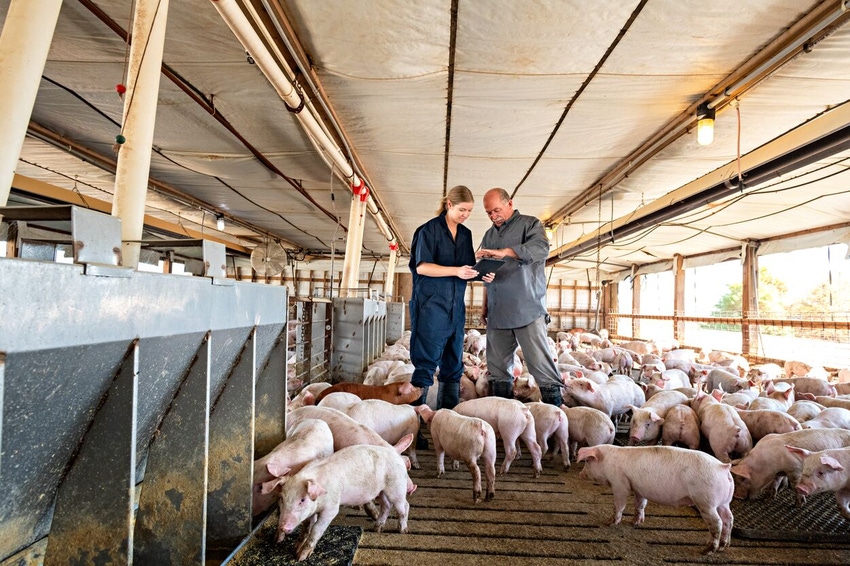Pork producers should prioritize time to work on herd health, employee training, budgets and risk management plans.
September 21, 2022

Back in July, I attended the National Pork Industry Conference in the Wisconsin Dells. It was a great few days learning and networking with producers and allied industry partners. One of my key takeaways from a main stage presenter was that we should spend 75 to 80% of our time on the things we can control. There are a lot of things going on in the world right now that we are concerned about, but many of those things are outside of our direct control.
Think product demand, export markets and market access, weather and crop progress, geopolitical issues, inflation, supply chain challenges and rising interest rates, money supply and monetary policy. It is important to pay attention and have an awareness about these things, but many of these items are likely outside of your direct control.
Below are four key items that I feel are important that producers should be spending time on:
Production: health status, biosecurity protocols and production benchmarking. What is the current health status of your system? What changes have you made or are you considering? What do you benchmark against? How is your performance relative to the benchmark or your peers? How much time are you spending in barns and working with your people? Health and performance will drive throughput and directly impact the cost of production. It should always be a top priority for your operation.
Employee training and people development. Pay is important, but further investment into key people (training and time) will help improve employee morale and engagement, retention and drive performance. Think company culture: what is the current state? What do you want it to be? Take the time to invest into others.
Development of a robust budget. This should include a profit and loss statement, statement of cashflows, a balance sheet and a budget for capital spending. Can someone on your staff do this or do you need some outside help? This should be a management tool and a good resource to share with your key advisors. Where are you at financially and where do you think you are going be, based upon current production, risk management decisions, input procurement and markets? What are the future goals of your family and operation and can you afford to make further investments to drive performance forward? You need a roadmap and this should be a tool to use to measure performance and determine if you should adjust.
Having a strong risk management plan. I touched on this in an article a couple months ago.
You do not need to be the expert in all these areas. Leverage your resources (key advisors, peer network or employees) so you can get a great start. Maybe one of these areas can be a growth opportunity for a family member or key employee who has an aptitude or interest. Ask for recommendations from those who have experience to help get you pointed in the right direction. Focus on what you can control and keep moving forward.
Source: Chris Murphy, Compeer Financial, who is solely responsible for the information provided, and wholly own the information. Informa Business Media and all its subsidiaries are not responsible for any of the content contained in this information asset.
You May Also Like



